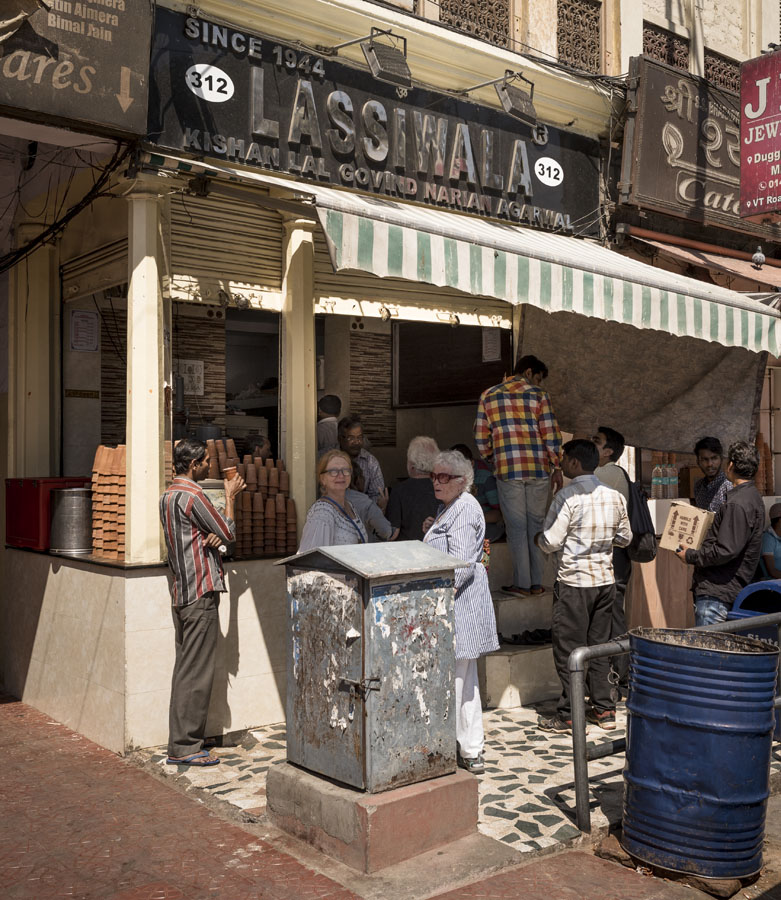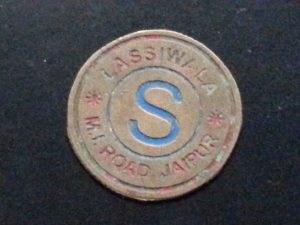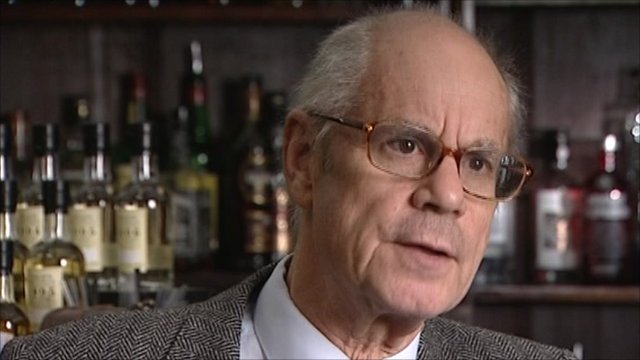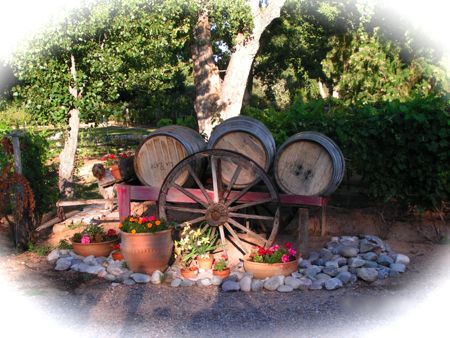Staying on the topic of dairy (from my last post), this is the September 26 entry in my forthcoming book, Swallowing Time, Drinking History. An Almanac of the World’s Most Important Beverage.
“I’d rather see you drink a glass of wine than a glass of milk. So many people drink Coca-Cola and all these soft drinks with sugar. Some of these drinks have 8 or 9 teaspoons of sugar in them. What’s the good of living if you can’t have the things that give a little enjoyment?”
– Jack LaLanne (26 September 1914 – 23 January 2011). The first American fitness and exercise expert
India is not known for its vineyards, although there is a primary grape-growing region, Nashik, a couple hundred kilometers northeast of Mumbai (Bombay). While there are about 50,586 hectares (125,000 acres) under cultivation, only one percent produce wine. There are references in the Vedic Scriptures that indicate wine-making in India is at least 5000 yeas old. I must confess, I have not tried any of the wines as Indian cuisine, in my mind and palate, does not seem to lend itself to a pairing.
What I do love after, or before, a meal – or, to be honest, anytime of the day or night, is lassi.
Lassi is a traditional Indian ‘drink’ that comes in two varieties, salted lassi and sweet lassi. Both are made of some, or all, of these ingredients: yoghurt, milk, water, and spices for the salted, or sugar for the sweet. Additionally, there may be rose water, cumin, a sprinkle of ground almonds or pistachios and mango or other fruit flavorings depending on the sort ordered. As it is served cold it is a splendid treat on a hot day. In some places it is served thick enough to eat with a spoon, in others it is more liquid and simply drunk as a beverage. I think the best is mango lassi, using fresh mangoes. I will go out on a limb and make a declarative sentence, challenging any and all comers, that the best place to get lassi is at the original Lassiwala’s (Since 1944) near the Panch Batti Mod on MI Road in India’s ‘Pink City,’ Jaipur. They filter their water so there is no danger of getting a traveller’s day of familiarity with the hotel toilet after sipping, or gulping, their specialty. In fact, it is the only thing they sell.

As one might expect, imitators have sprung up to try and sift off Lassiwala’s customers. Many of these are on the same street just a few doors away but none favorably compare. Accept no imitations! Look for the best and when you see their number, Shop 312, next to the alley and across from Niros Restaurant, duck in. (In fact, resident Indians must feel the same way; there will be lines of people awaiting their serving at Lassiwala and not a single customer at the other establishments. I haven’t had the stomach to try any of them.)
Lassiwala opens at 7:30 a.m. and serves until they run out – which can be as early as 1:00 p.m. so get there early. The shop is small, just a hole-in-the-wall, so you stand and eat on the sidewalk, fending off the occasional forlorn woman begging for a coin. The lassi is served in two sizes, small , 40 rupees and large, 60 rupees, in porous clay ‘glasses’ that you discard in the trash bin in the alley. (60 rupees is about 95 US cents at the current exchange.)
Oh… when you visit, trust me, get a large.




